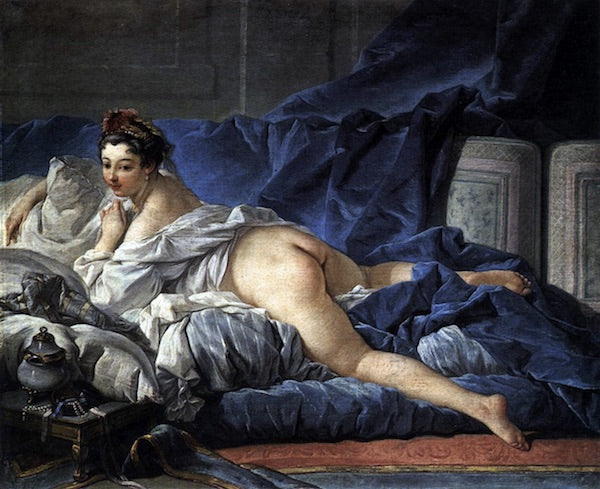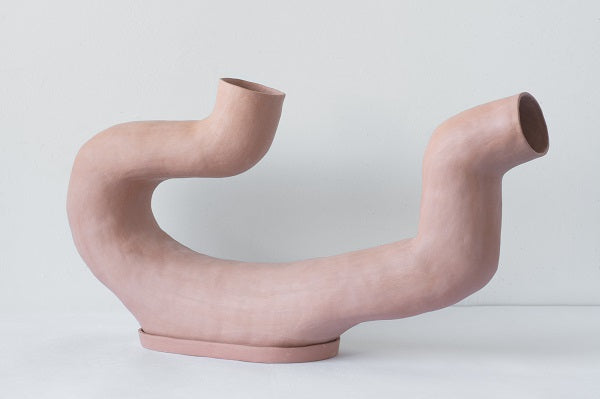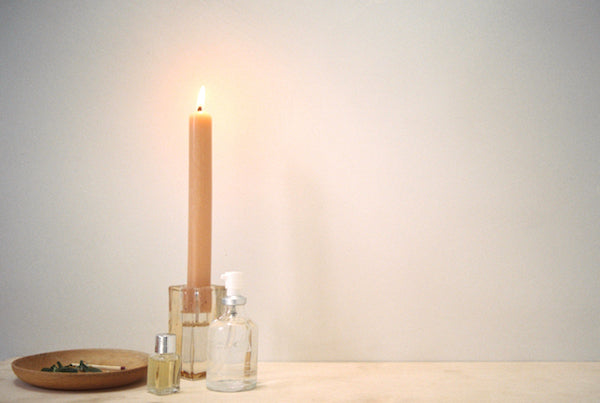
Naked vs. Nude | Sexy Art History
This week we're overjoyed to introduce our first instalment of 'Sexy Art History', where Daisy Charles, our favorite art history specialist, introduces you to the more titillating side of the art world. Daisy is a Masters student in Art History at the School of the Art Institute of Chicago. Her research and writing focus on art of the 1960s. She has worked on many private and institutional art collections doing cataloguing, researching, and curating and she's about to take you to school!

You probably know that being nude and being naked aren’t exactly the same thing, but do you know what the difference is and what it means? I’m going to give you a brief history of the nude in western culture to help explain why we “send nudes” not nakeds.
Like many things we like to claim credit for in western civilization, the nude originated in ancient Greece. The first nudes were carved in marble and painted in realistic colours (no, Greek statues actually weren’t white, but that's another story…) These nudes represented Gods, and their nudity was intended to help the Greeks dissociate them from real people who wore clothes, while also allowing people to identify with them. (“Look—they’re just like us!”)
Greek nudes were typically male, and the rare female nude might represent an exotic divinity or a sorceress. These idealized nudes paid no heed to the restrictions of real human bodies. In fact, they used mathematical formulas to determine how to make a perfect nude. Female nudes, for example, were often created by using the same unit of measurement for the distance between the breasts, from lower breast to navel, and navel to crotch. The crucial factor is that none of these nude sculptures represented real people. If they’d been real the sculpture would have been a) morally unacceptable and in risk of destruction, and b) not a nude—this would be a naked person, captured for eternity in the medium of stone in a brief moment during which they had put aside their clothes. Gods and sorceresses could be represented nude because they were—apparently—out of the reach of time and desire. You wouldn't dare get turned on by an immortal spirit, would you?

From around the time Christianity started until the Renaissance moral taboos got the better of the ancients and the nude figure virtually disappeared from Western art. And prudish Russia, Spain and the U.K. didn't get back on board the nudey train for another 200 years after that.
The Renaissance revival of the nude was part of the general obsession with all things classical, and in combination with the medieval love of symbolism and personification, no concept could not be expressed by the nude. Everything from ‘war,’ ‘jealousy’ and that nice feeling you get at twilight after a sunny day could be represented in art using a nude during the Renaissance. But again, crucially, these nudes were not supposed to be identifiable with any one real body, and this is what made them morally permissible. As a result, nudes were everywhere in the Renaissance, from doorknockers to the handles of knives and forks.
Through the baroque and rococo periods nudes got happier and sexier, and art-lovers got dangerously close to having to admit they might be attracted to a work of art not for its underlying intellectual message, but for its erotic appeal. In the nineteenth century nudes started to force audiences to be accountable for their voyeurism by taking control of their own sexuality. The most famous example is Manet’s Olympia, a proud and only partially undressed nude who refuses to be consumed by the male gaze by looking right back at the viewer with a contemptuous pout. Olympia was problematic because she refuted the idealization of the nude as an imaginary body available for erotic fantasies. She was a real woman, known to the audience who first saw her portrait, and equally important is that she wasn't totally nude. Her scarf, shoes, and jewellery situate her as a woman partially undressed but too real to be allegorized.

It was not until the twentieth century that it was generally acceptable for artists to represent real, nameable, naked people in works of art. For example, artists like Frida Kahlo, Alice Neel and Lilias Torrance-Newton painted nude self-portraits, and Lucien Freud refused to let this painting be categorized as nude by putting the model in an awkward position and naming it “Naked Portrait.”
So, now you know. If you’re ‘nude’ you’re playing a part in the continual idealization of the female form—or you’re using your own sexuality to claim agency over the convention of the nude. And if you’re naked, you’ve basically just misplaced some of your clothes.



